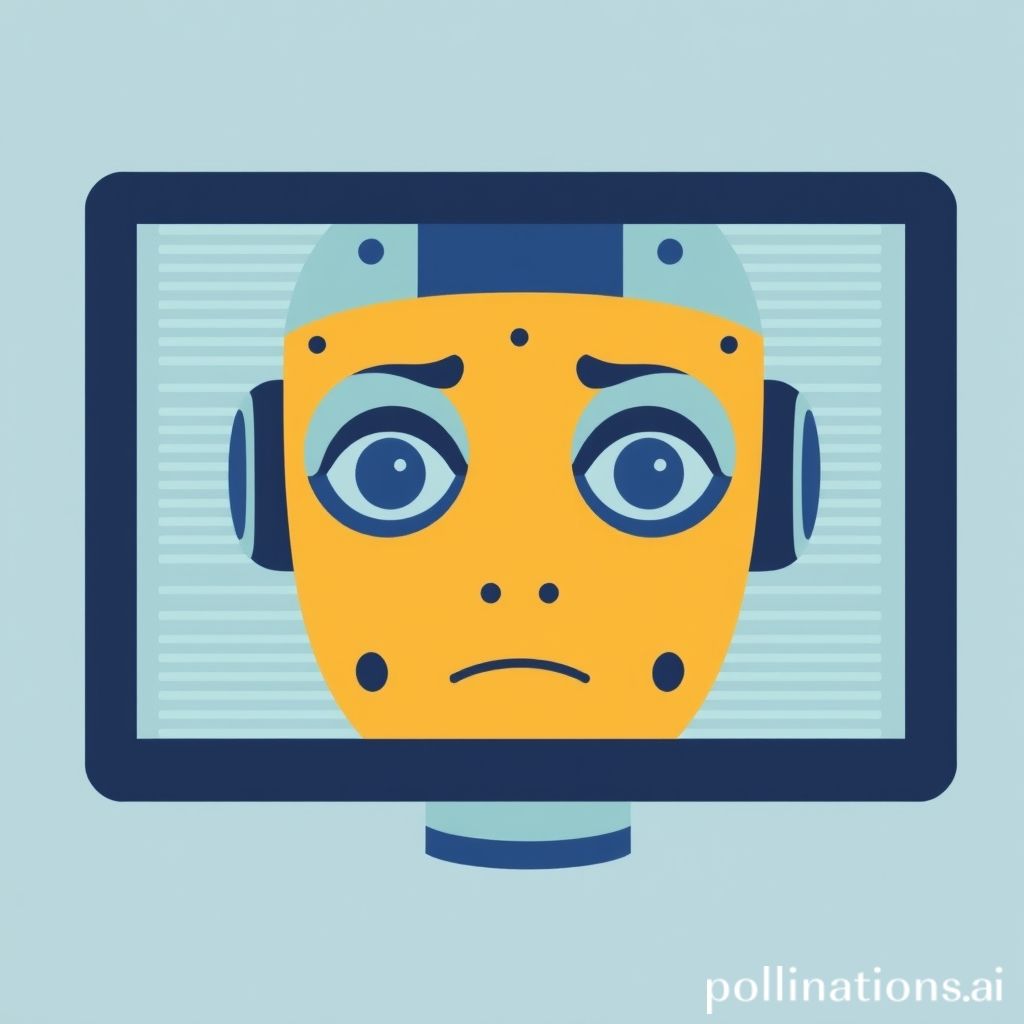Table of Contents
- Introduction
- Introduction to AI in content creation
- Overview of Turnitin and its capabilities
- How Turnitin detects AI-generated writing
- Methods used by Turnitin to identify AI writing
- Challenges and limitations of Turnitin in detecting AI writing
- Conclusion
- Frequently Asked Questions
Introduction
Are you curious about the powers of artificial intelligence? Have you ever wondered if AI can imitate human writing? Look no further, because we are about to dive into the fascinating world of AI writing and its detection by Turnitin.
AI has revolutionized numerous industries, from healthcare to finance. Its ability to mimic human intelligence has raised questions about its potential to generate original content that can fool plagiarism detection software like Turnitin. The rise of AI-powered writing tools has left educators, students, and researchers wondering: can Turnitin really unmask the AI behind the words?

In this article, we will explore the capabilities of Turnitin and delve into the methods it employs to identify AI-generated content. We will examine the intricacies of AI writing, the challenges faced by plagiarism detection tools, and the evolving measures taken by Turnitin to stay one step ahead.
So, prepare to unveil the mysteries of AI writing and discover the truth behind Turnitin’s ability to detect it. Let’s delve into this captivating topic and separate fact from fiction!
Introduction to AI in content creation
Alright folks, let’s dive into the fascinating world of AI in content creation! Picture this: you’re sitting at your desk, struggling to string together the perfect words for that essay or article. Suddenly, like a superhero swooping in to save the day, Artificial Intelligence (AI) enters the scene. It’s like having a personal writing assistant right at your fingertips.
Now, I know what you might be thinking – can Turnitin detect AI writing? Well, it’s a valid question, my friend. You see, Turnitin is like a formidable detective, sniffing out any signs of plagiarism. But here’s the kicker – AI writing has evolved to cleverly mimic human thought and expression.
Imagine this scenario: you’ve poured your heart and soul into creating a piece of content with AI assistance. It’s engaging, informative, and totally original. You hand it in, feeling proud of your masterpiece. But then, the unexpected happens – Turnitin detects a match!
Now, here’s where things get interesting. Turnitin may detect similarities, but it’s not always able to distinguish between AI-generated content and genuine human creativity. It’s like a game of hide-and-seek, with AI playing the ultimate trickster.
So, my friends, as we continue our exploration of AI in content creation, we’ll unveil the secrets behind Turnitin’s detective skills and ponder the impact of AI on the realm of academic integrity. Ready to embark on this wild ride? Let’s go!
Overview of Turnitin and its capabilities
Alright, folks, let me spill the beans on Turnitin and its super-detective abilities. Now, we all know that Turnitin is like a bloodhound on the hunt when it comes to catching plagiarism. But can it sniff out AI writing? That’s the big question!
First things first, Turnitin is an academic tool used by educators to check for originality in student papers. It works by comparing your work to a vast ocean of sources, including books, articles, and other student submissions. The idea behind it is to ensure academic integrity and discourage cheating. Ain’t nobody got time for that, right?
Now, here’s the twist. Turnitin is pretty good at what it does, but it ain’t no mind-reader. It’s not designed to identify whether the words were penned by a human or a machine. So, if your essay is written by an AI, it won’t magically shout, ‘Eureka!’ and reveal the secret. Well, that’s some irony for you!
However, here’s a nugget of wisdom for ya. Turnitin is more like Sherlock Holmes, scrutinizing every nook and cranny of your writing. It can pinpoint similarities, unusual patterns, and suspicious content. So, even if you try to get clever with some AI-generated work, be cautious. Turnitin might not know it’s AI, but it’s got some tricks up its sleeve.
How Turnitin detects AI-generated writing
Well, well, well! Are you curious to know if Turnitin, the master of plagiarism detection, can catch those sneaky AI-generated pieces of writing? Buckle up, my friend, because this is quite a tale.
Picture this – you’ve got an assignment due, but you’re feeling a little lazy. Instead of putting pen to paper, you decide to let artificial intelligence do all the heavy lifting. It’s like having a virtual ghostwriter, right? But here’s the twist: Turnitin is no ordinary sniffer dog; it’s been trained to sniff out the cunning tricks of the AI world.
Turnitin has an algorithm up its sleeve that’s sharper than a fox in a henhouse. It can analyze the language, structure, and even the tone of a piece of writing to distinguish between human and AI-generated text. This digital detective doesn’t just rely on a few simple tricks; it uses advanced machine learning techniques to stay one step ahead of the game.
Now, let me tell you a little anecdote to illustrate how clever Turnitin really is. Once upon a time, a student thought they could fool Turnitin by sprinkling a little AI-generated text into their paper. But oh dear, Turnitin saw through the disguise like a hawk spotting a mouse in the grass.
So, my friend, if you’re thinking of taking a shortcut and letting AI do your work, remember that Turnitin is lurking in the shadows, ready to expose your trickery. The moral of the story? You can’t outsmart the digital detective, so put in the effort and let your own words shine!
Methods used by Turnitin to identify AI writing
Alrighty then, let’s dig into the methods used by Turnitin, the Sherlock Holmes of the academic world, to detect those sneaky AI-written essays. Picture this: you’re a student trying to get away with some AI-generated brilliance, but Turnitin is on the case like a bloodhound on a scent.
Turnitin uses a combination of savvy techniques to catch AI writing in the act, my friend. It can smell a fishy paper a mile away. One of its tricks is analyzing the writing style, vocabulary, and grammar. You see, AI tends to have a certain robotic charm that gives it away, like an actor trying too hard to be believable.
But that’s not all! Turnitin also looks for suspicious patterns in sentence structure and paragraph flow. It’s like a puzzle-solving expert, piecing together the clues to uncover the truth. Turnitin can even detect when an assignment has been translated by a language program, revealing the fingerprints of machine-generated content.
It’s like a high-stakes game of hide and seek, where Turnitin is the ultimate seeker. So, my advice to you? Stick to your own brainpower, buddy, because Turnitin will always find a way to bring you back to reality.
Challenges and limitations of Turnitin in detecting AI writing
Alright folks, let’s talk about Turnitin and its tricks in detecting AI writing. Now, you might be thinking, can this fancy tool really sniff out those crafty AI-generated papers? Well, here’s the scoop!
Turnitin, my friends, has its strengths, but it ain’t no Sherlock Holmes. It can struggle when it comes to catching AI-written content. I mean, think about it. AI has come a long way, pulling some mind-boggling stunts. It can adapt its style, mimic human language, and bamboozle plagiarism checkers. Sneaky, huh?
But hold on a minute, there’s a twist! Turnitin ain’t completely defenseless. It can sniff out some telltale signs of AI chicanery. Like a hunter tracing footprints in the forest, Turnitin hunts down patterns, repetitive phrases, and oddly structured sentences. It’s like the wily fox trying to outsmart the sly AI.
Now, here’s where the limitations kick in. Turnitin struggles with distinguishing between intentional AI-generated writing and innocent student errors. It can’t read minds, after all. So, while it might raise an eyebrow at some AI-generated gibberish, it can also raise false alarms for genuine student submissions. A classic case of mistaken identity, I tell ya!
So there you have it, the challenges and limitations of Turnitin in playing AI detective. It’s a cat and mouse game, my friends, with both sides constantly evolving. Will Turnitin crack the AI code? Only time will tell. Stay tuned!
Conclusion
In conclusion, Turnitin’s ability to detect AI writing can be a challenging task. While it has advanced algorithms to analyze and identify AI-generated text, it may not be foolproof. AI technology has evolved to cleverly mimic human thought and expression, making it difficult for Turnitin to distinguish between AI and human-written content. However, Turnitin does utilize various methods, such as analyzing writing style, vocabulary, grammar, and detecting patterns, to detect suspicious content.
Despite its capabilities, Turnitin has its limitations in detecting AI writing. It may struggle to differentiate intentional AI-generated writing from innocent student errors, leading to potential false alarms for genuine submissions. The cat and mouse game between Turnitin and AI continues to evolve as both sides constantly adapt to new tactics.
To ensure academic integrity and discourage cheating, it is crucial for students and educators to stay vigilant and put in the effort to produce original work. Utilizing tools like WPHorde can enhance the detection of AI-generated writing, preventing academic dishonesty. Stay ahead of the game and avoid being left behind – check out WPHorde at https://wphorde.com and take action against AI writing today.
